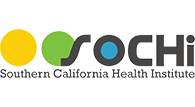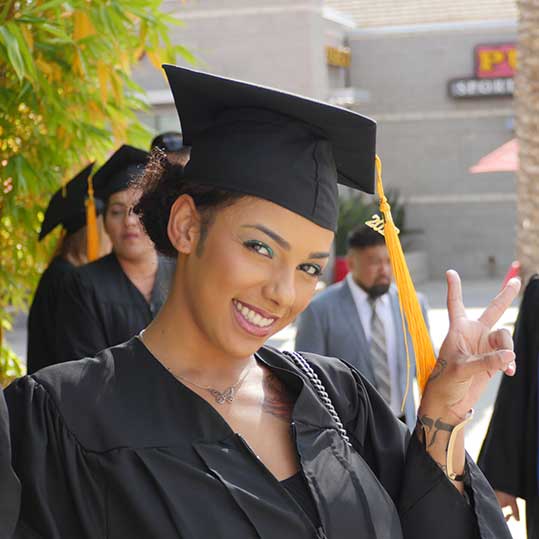Discover in this article “How Does Physical Therapy Heal Pulled Muscles?” an understanding of the healing process of pulled muscles through physical therapy. Learn how physical therapy can be used to quickly, effectively, and safely heal pulled muscles from the experts at SOCHI.
Muscle pulls are common among individuals who engage in sports and other physical activities. These injuries often cause pain and discomfort and can interfere with daily activities. However, physical therapy can assist in the healing process of pulled muscles. Physical therapy is a non-invasive treatment that aids in pain relief, strengthening, and restoring mobility and function. In this article, we will delve into the role of physical therapy in healing pulled muscles.
What is a Pulled Muscle?
A pulled muscle is best described within its branding; it occurs when your muscle fibers are stretched or “pulled” beyond their regular bounds. This causes the little strings that make up your muscle, known as “fibers,” to tear. Once these fibers tear, it can cause a lot of pain for the one who is suffering. Common muscles that experience fiber tears or pulled muscles are calves, hamstrings, and groins.
Causes of pulled muscles can vary from fatigue to outright misuse or abuse of the muscles. Many get muscle strains when they have not warmed up their muscles properly or before and after workouts. This makes it so that muscles are not equipped to withstand strenuous activity.
Discover How Does Physical Therapy Heal Pulled Muscles
Are you suffering from a pulled muscle injury? Find out how physical therapy can help and what steps you need to take to heal your injury.
Top 5 Healing Process of Pulled Muscles through Physical Therapy
Here are the top five: how does physical therapy heal pulled muscles?
1. Initial Assessment
The initial evaluation of a pulled muscle injury is critical in determining the exact location and extent of damage. A physical therapist will carry out a thorough assessment that includes examining the patient’s injury, range of motion, and musculoskeletal structure of the affected area. The evaluation will also involve recognizing any imbalances in the surrounding muscles, which can cause additional strain. The therapist will use the data obtained from the evaluation to create a personalized treatment plan for the patient.
2. Pain Management
One of the significant benefits of physical therapy is pain control. The physical therapist will use a variety of techniques, including ice, heat, and electrical stimulation, to alleviate pain and reduce swelling, inflammation, and muscle spasms. The therapist may also use manual therapy, such as massage or stretching, to loosen tissues around the damaged area.
3. Strengthening
The second phase of physical therapy aims to restore and strengthen the muscles affected by a pulled muscle injury. The therapist will develop an exercise program that includes stretching, strengthening, and range-of-motion exercises. The strength training will begin with low-intensity exercises and gradually intensify over time. The therapist may also use resistance bands, weights, or exercise machines to improve muscle strength.
4. Mobility Restoration
The final phase of physical therapy focuses on ensuring that the affected area has fully recovered, and the patient can resume daily activities without any difficulties. The therapist will observe and monitor the patient’s ability to complete tasks such as walking, running, or lifting objects. The physical therapist will might use additional techniques such as hot/cold therapy and ultrasound to speed up the healing process.
5. Prevention of Future Injuries
Physical therapy is not only beneficial in the healing process of a pulled muscle injury but also in preventing future occurrences. A physical therapist will teach the patient proper warm-up techniques, strengthening exercises, and correct posture to reduce the risk of future injuries. The therapist will also provide lifestyle advice, depending on the patient’s physical activity, age, and overall health status, to encourage a healthy and active lifestyle.
Conclusion:
Physical therapy plays a vital role in healing a pulled muscle injury. It is essential to seek treatment immediately to avoid long-term damage and prolonged pain. Physical therapy provides a non-invasive and cost-effective approach to treating pulled muscle injuries.
A physical therapist will perform an initial evaluation, develop a personalized treatment plan, and provide techniques aimed at pain management, strengthening, and function restoration. By following the physical therapist’s guidance, patients can maximize their rehabilitation process and reduce their future risk of injury. Remember, a healthy, active lifestyle, alongside physical therapy, is pivotal in the prevention of pulled muscle injuries.





